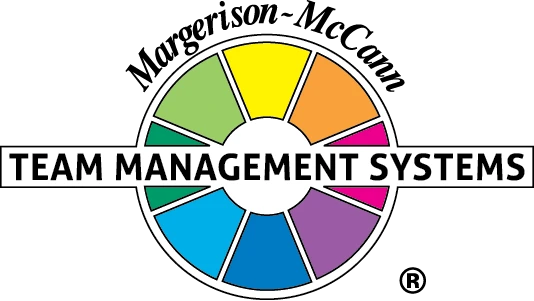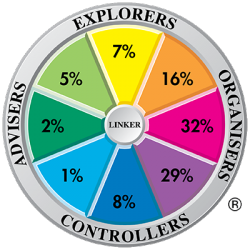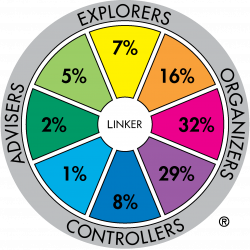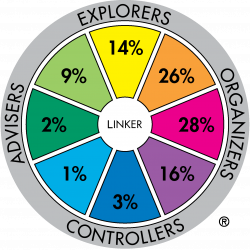Developing Tomorrow's Leaders
Have you perused the Team Management Systems Research Manual? Inside this resource, you will find lots of information that can help you with organizational development. Recently I was looking at the major role preference distributions for people with CEO/Managing Director positions and comparing them to a sample of 54,234 people working in production jobs.
The major role preference distributions for both samples are reproduced below on the Team Management Wheel. It should be noted that titles of major role preferences are not reproduced for clarity reasons and that rounding errors may occur.
Figure 1. Major role preference distribution for worldwide functional area sample: Production/Construction/Control (n=54,234)
Figure 2. Major role preference distribution for worldwide functional area sample: Managing Director/CEO (n=16,780)
The differences in the distributions are highly significant. 49% of CEOs have work preferences in the Creator-Innovator, Explorer-Promoter and Assessor-Developer sectors whereas the equivalent figure for production people is 28%. The two largest differences between the samples can be seen in the Assessor-Developer (16% production jobs; 26% Managing Director/CEO) and the Concluder-Producer (29% production jobs; 16% Managing Director/CEO) sectors. The representation of these two role preferences in the total worldwide sample is 18% and 23% respectively.
The high correlation between the Concluder-Producer role preference and production jobs is a good example of concurrent validity, showing that people with Concluder-Producer preferences are indeed attracted to jobs demanding competence in production management. We can reverse the argument for the Assessor-Developer and claim that many organizations are looking for preferences in their CEOs that align with Assessor-Developer characteristics.
But what are these characteristics? Since most of the CEO data lies in the outer Wheel, network members would immediately respond ECAS - extrovert, creative, analytical, and structured. For the Concluder-Producer, most of the data is also from the outer sector, indicating introvert, practical, analytical and structured preferences. So the main differences between the two distributions are a change in preference from introverted relationships and practical information-gathering to extroverted and creative preferences.
This information should give a clue to the important development programmes that are critical to the success of tomorrow's CEO. CEOs must be comfortable with a day of constant meetings, discussions, presentations and people interaction and also have a strong preference to focus on the future - new ideas, new directions and new opportunities. So these are the areas to focus on in development programs.
From my perspective it seems that skill development in 'extroversion' is far more effective than developing leaders truly capable of working effectively on the creative side of the information-gathering scale. Most development programs have a high focus on communication, facilitation, presentation, 'managing by wandering around', team-briefing meetings and so on, but how effective is training and development in the area of strategic thinking? How do we teach people to think outside the box, to chart strategic direction and to accurately foresee the future? Many organizations attempt to do this but few seem to be really successful.
Strategic thinking is more than thinking up ideas. It is about seeing the opportunities to meet the market needs of the future, which will inevitably require the use of advanced technology. It is about thinking globally and establishing strategic partnerships that 'expand the cake' for everyone. The paradox is that these 'creative' skills require practical experience of what will and won't work. Maybe that explains why many Concluder-Producer managers go on a career journey to the Assessor-Developer sector as they move into CEO roles. They are building on their practical experience in order to successfully implement tomorrow's ideas..
However the other important ingredient of the outer Assessor-Developer is the AS (analytical and structured) preference. These characteristics show that leaders have a bias towards making decisions based on facts (not opinions) and that they will set up structures to ensure things happen. Rather than just talking about the opportunities and communicating the vision, Assessor-Developer will usually focus on delivering results.
So when you are planning development programs for your clients have a good look at the data in the Team Management Systems Research Manual. It can give you a good insight into the characteristics of the job that really matters.
Copyright © Dick McCann, Team Management Systems. All rights reserved.




